Transformation Playing Cards
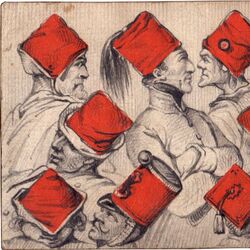
The best-known fantasies with playing cards are the ‘Transformation’ cards. Hand-drawing ‘transformations’ onto a pack of ordinary playing cards, with the suit symbols forming part of the overall composition, became a popular pastime 200 years ago and a test of skill in drawing. A great deal of ingenuity is required in their design. The earliest printed sets were published at the start of the 19th century, often published in the form of an almanac or sometimes known as ‘metastasis’, and these became a fashionable and entertaining novelty.
In the strict sense of the word ‘Transformation’ the pips should be in their standard positions and form part of, or fit into, the overll image portrayed on the card.
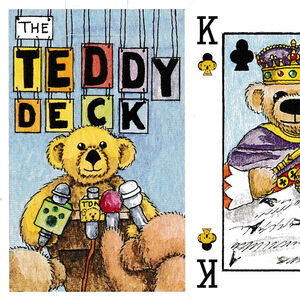
The Teddy deck
The Teddy deck designed by UK artist Peter Wood, 2004.
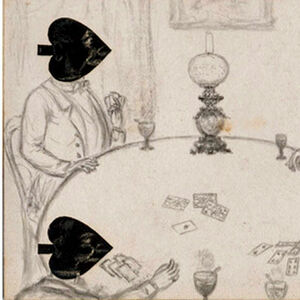
Thomas Walters Transformation
Hand-drawn transformation pack dated 1874 with the name Thomas Walters on the ace of spades.
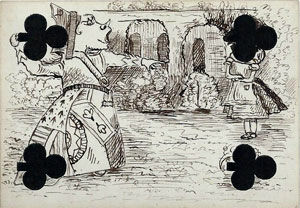
Transformation c.1880
Transformation playing cards hand-drawn on a pack manufactured by Hunt’s Playing Card Manufacturing Co Ltd c.1880
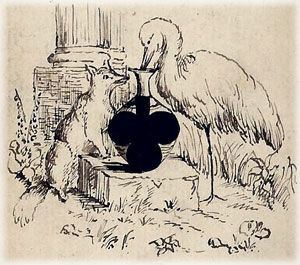
Transformation c.1880
Hand-drawn transformation cards, c.1880

Transformation Cards for Christmas
Hand-drawn Transformation cards, c.1870.

Transformation of Playing Cards
The best-known fantasies with playing cards are the ‘Transformation’ cards. Hand-drawing ‘transformations’ onto a pack of ordinary playing cards, with the suit symbols forming part of the overall composition, became a popular pastime 200 years ago and a test of skill in drawing. A great deal of ingenuity is required in their design. The earliest printed sets were published at the start of the 19th century, often published in the form of an almanac or sometimes known as ‘metastasis’, and these became a fashionable and entertaining novelty.
In the strict sense of the word ‘Transformation’ the pips should be in their standard positions and form part of, or fit into, the overll image portrayed on the card.
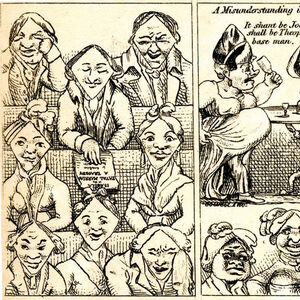
Transformation Playing Cards, 1811
Transformation playing cards, first published in 1811. Each card bears a picture in which the suit marks are concealed within the design. This artistic exercise began as a late 18th century pastime.

Under the Sea
“Under the Sea” transformation playing cards, published in 2005 to raise money for the Marine Stewardship Council, an environmental charity which promotes sustainable fishing practices.
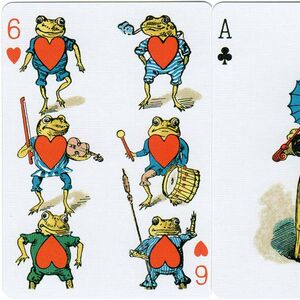
Vanity Fair
Vanity Fair No.41 Playing Cards by the United States Playing Card Co, 1895. All the number cards have been imaginatively transformed.
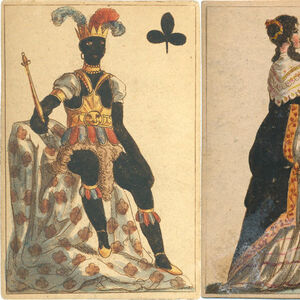
Vincenz Raimund Grüner 1809
Transformation cards designed and engraved by Vincenz Raimund Grüner, Vienna, 1809
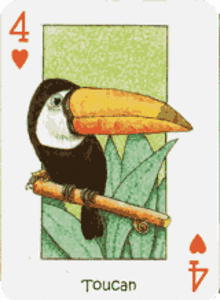
Wild! by Peter Wood
Wild! by Peter Wood.
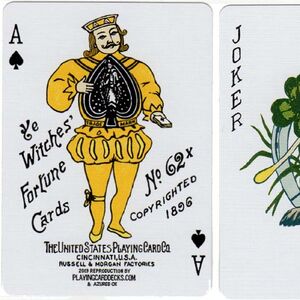
Ye Witches’ Fortune Cards
Review of the 2019 edition Ye Witches Fortune Cards No 62

Ye Witches’ No.62 Fortune Cards
Ye Witches Fortune Telling Cards published by the United States Playing Card Co., 1896. 52 cards + Joker + extra card in box.

Zoo Comics
ZOO COMICS animated playing cards made by Litografía Ferri, Valencia (Spain), first published in 1968.

